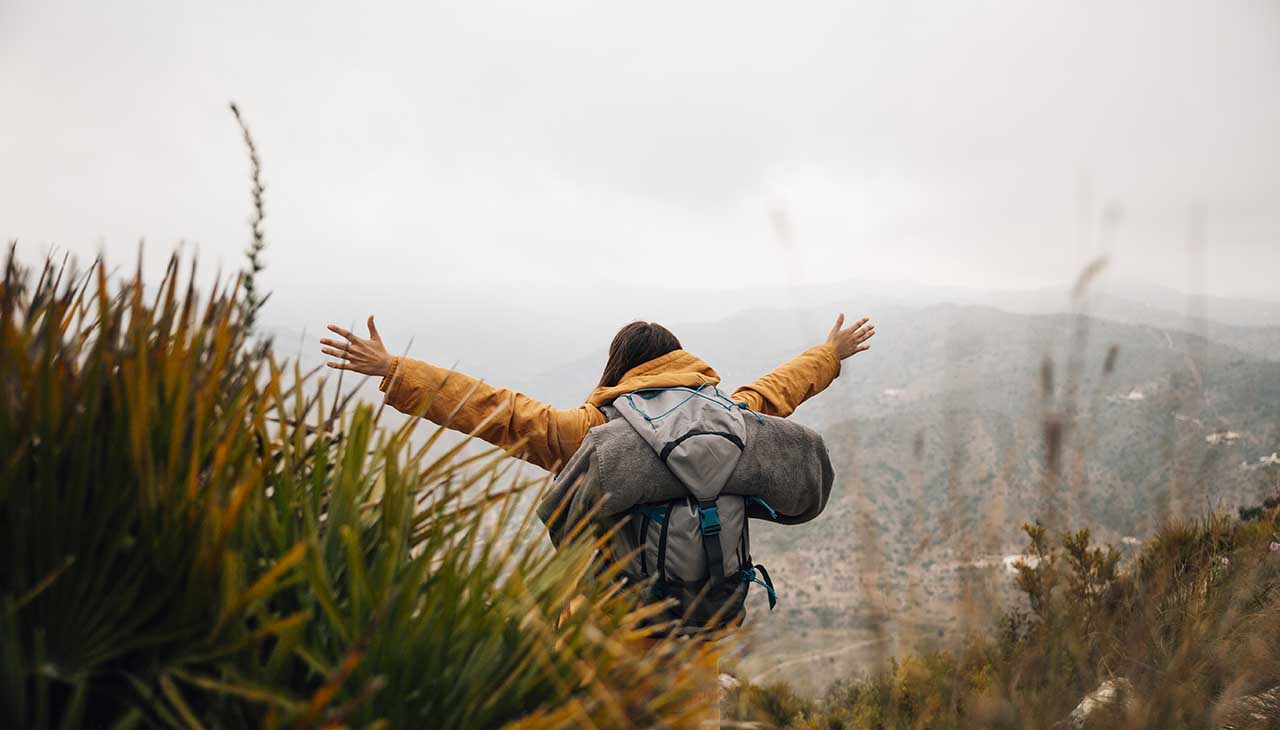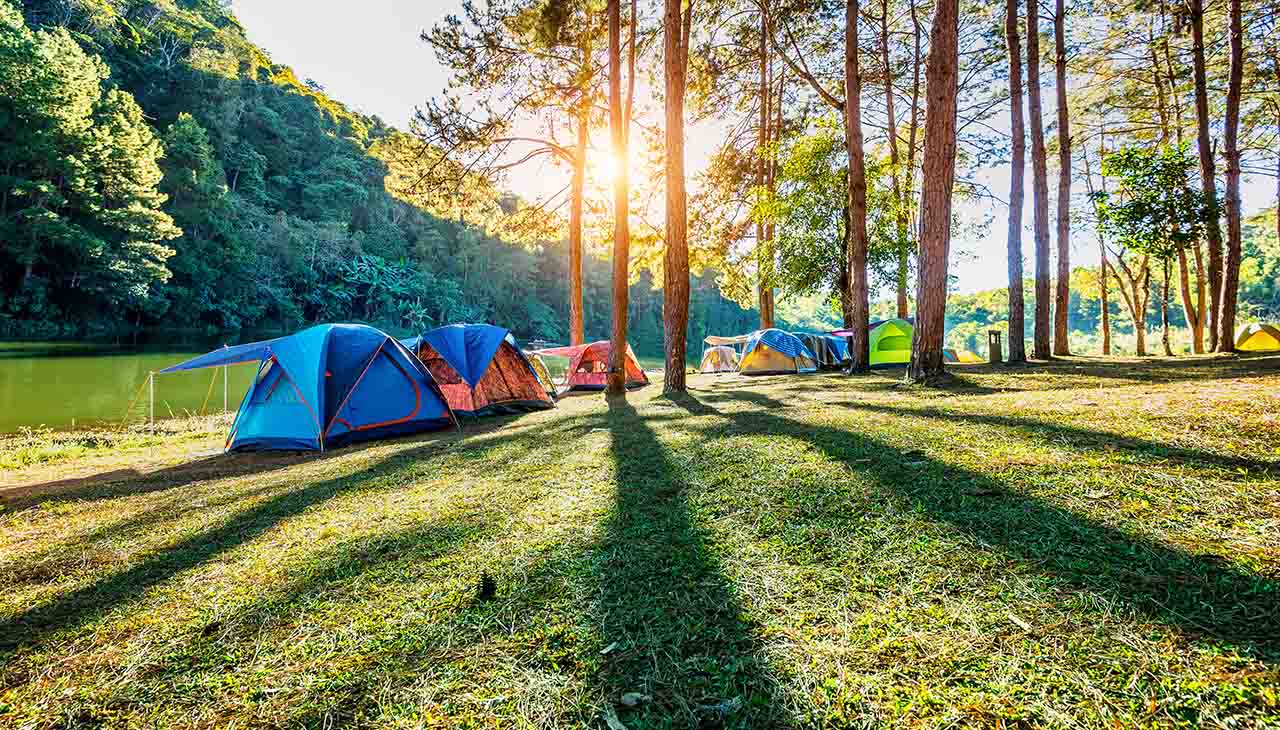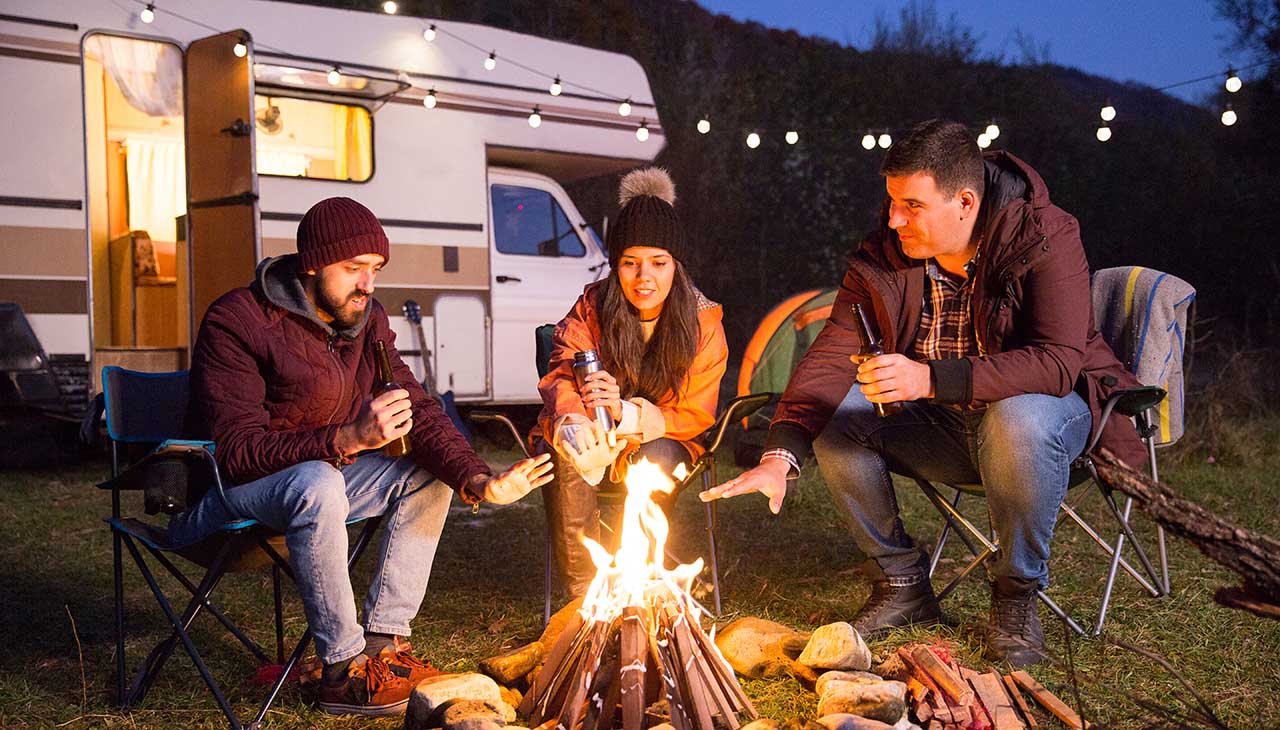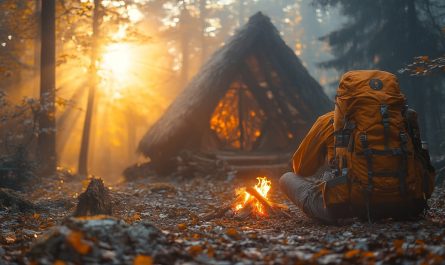Solo trekking, an activity where adventure intertwines with solitude, offers a unique opportunity for personal growth and deep connection with nature. Venturing into the wilderness alone might seem daunting at first, but with the right preparation and mindset, it can transform into an empowering and unforgettable experience. This guide is dedicated to those who seek the thrill of adventure in solitude. It’s crafted to assist you in navigating the inherent challenges and revel in the profound joys of solo trekking. From planning your expedition and essential gear to safety tips and mental preparedness, we’ll cover everything you need to set off on your solo adventure with confidence.
Preparing for Your Solo Trek
Researching the Destination
Begin your adventure with thorough research of your chosen destination. Familiarize yourself with the local climate, wildlife, and terrain to better anticipate what to expect. Look into any permits or regulations that might be required for trekking in the area. Gathering insights from other trekkers through online forums, blogs, or guidebooks can also provide valuable firsthand information about the trails, the best times to visit, and hidden gems that might not be widely known.
Planning Your Route
Mapping out your route is crucial for a safe and enjoyable trek. Use detailed maps and GPS tools to outline your path, including starting points, planned campsites, and significant landmarks. Plan for daily distances that match your fitness level and leave room for rest days, especially if you’re trekking in challenging terrains or high altitudes. Informing a trusted contact about your planned route and check-in points can add an extra layer of safety.
Packing Essentials
Packing light yet sufficiently is a fine art in solo trekking. Your backpack should include all the essentials: a reliable tent, sleeping bag, water filtration system, stove, nutritious food, first-aid kit, navigation tools (map, compass, GPS), and a multi-purpose tool. Dressing in layers and packing weather-appropriate clothing will help you adapt to changing conditions. Don’t forget personal items that can make your trek more enjoyable, like a journal, camera, or a lightweight book.
Safety Precautions and Emergency Plans
Safety should be your top priority. Familiarize yourself with basic wilderness first aid and strategies for dealing with potential threats, such as wildlife encounters or getting lost. Always carry a whistle, bear spray (if in bear country), and a fully charged phone with a portable charger. Setting up an emergency plan, including knowing the closest evacuation points and how to signal for help, is essential. Remember, the goal is to enjoy the solitude without compromising on safety.
Navigating the Trail Alone
Staying Oriented and Dealing with Unexpected Situations
While on the trail, maintaining your orientation is key to a successful solo trek. Regularly consult your map and GPS to ensure you’re on the right path. Be mindful of natural landmarks and changes in the terrain to avoid getting lost. In unexpected situations, such as bad weather or losing your way, stay calm and rely on your preparedness. Use your emergency gear, seek shelter if necessary, and communicate with your emergency contact if possible. It’s crucial to have a flexible mindset; sometimes, the safest decision is to backtrack or adjust your route.
Self-care and Mental Preparation
Solo trekking tests not just physical endurance but mental resilience. Before setting out, prepare mentally by setting realistic goals and visualizing the trek. Acknowledge the possibility of loneliness or fear and have strategies in place, such as mindfulness exercises or focusing on the beauty of the surroundings. Prioritize self-care by staying hydrated, maintaining a nutritious diet, and ensuring adequate rest. At the end of each day, reflect on your achievements and what you’ve learned about yourself and nature. Solo trekking is as much an inward journey as it is an exploration of the wilderness.
Connecting with Nature and Yourself
Mindfulness Practices in the Wilderness
Mindfulness can dramatically enhance your solo trekking experience, allowing you to fully immerse in the present moment and deepen your connection with nature. Simple practices like meditative breathing, focusing on the sounds of the wilderness, or even mindful walking can help ground you. Take time each day to sit quietly and observe your surroundings without judgment. Notice the colors, scents, and sounds. This not only places you in a state of calm but also intensifies your appreciation of nature’s intricate details.
Enjoying the Solitude
The solitude of solo trekking offers a unique opportunity to introspect and reconnect with your inner self. Instead of viewing solitude as isolation, see it as a space free from distractions, where you can listen to your thoughts and feelings more clearly. Use this time to ponder life’s big questions, enjoy your own company, and discover facets of yourself that you might not be aware of in the hustle of daily life. The silence and solitude in the wilderness can be profoundly therapeutic and invigorating.
Reflecting on the Experience
Reflection is a crucial component of the solo trekking experience. Keep a journal to document your thoughts, feelings, the landscapes you traverse, and the challenges you overcome. Writing not only allows you to process your experience more deeply but also serves as a valuable memento of your journey. Reflect on your growth throughout the trek and the lessons learned, both about yourself and the natural world. This practice can turn your adventure into a lasting source of inspiration and personal insight.




